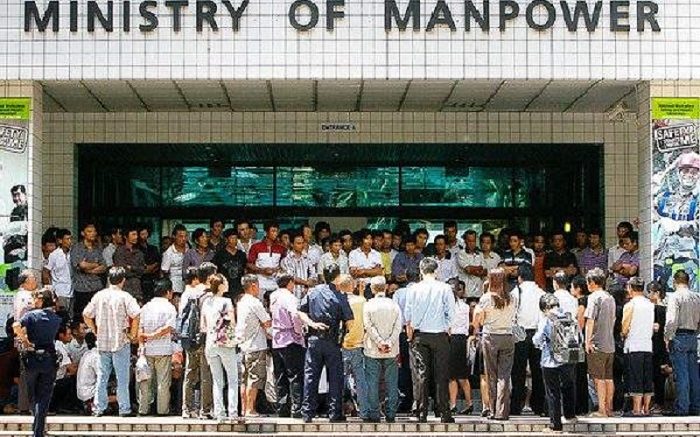Analysis of rising older PMETs unemployment does not mention the obvious?
I refer to the article “Workers must adapt to change” (Straits Times, Dec 19).
It states that “More job seekers who have been out of work for at least 25 weeks are finding it harder to get new positions. The struggle of these long-term unemployed workers is worrying.
In 2014 and 2015, the long-term unemployment rate for Singaporeans and permanent residents was between 0.5 per cent and 0.6 per cent.
But over the past two years, the rate has risen to between 0.7 per cent and 0.8 per cent.”
As to “Two major factors are fuelling the rise – structural changes in the economy and technological disruption, said analysts, and there is no turning back the tide.
The struggle is particularly daunting for older workers and professionals, managers, executives and technicians (PMETs). In the third quarter, the re-entry rate of retrenched resident workers aged 50 and older who found work in six months was 55.9 per cent, against the national average of 66.4 per cent. For PMETs, it was 63.6 per cent” – don’t you find it somewhat amusing that an analysis and commentary on the plight of the unemployment of older PMETs may have ignored to mention the obvious?
– Which is the contribution of our liberal foreign labour policies to their woes.
In this connection, why is the Labour Market Report 3rd Quarter silent on whether local employment grew or shrank in the last 12 months – when total employment in the last 12 months shrank by a whopping 258,700 (locals plus foreigners)?
In respect of “The unemployment rate for Singaporeans was 3.2 per cent in September, down from 3.3 per cent in June and 3.5 per cent in March.
For residents – Singapore citizens and permanent residents combined – the rate remained unchanged from the previous quarter at 3.1 per cent” – what is the employment growth or contraction for Singaporeans, instead of locals?
Also, what is the unemployment rate of true-blue Singaporeans, after adjusting for the new permanent residents (PRs) and new citizens granted, who are working and therefore become re-classified as local workers?
Leong Sze Hian
